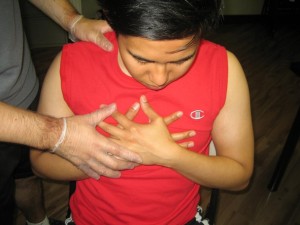A lightning injury occurs after short-term contact to the powerful stream of the strike. It is important to note that lightning delivers a significant electrical pulse in a fraction of a millisecond. The brief length of the contact often curbs the damage to the exterior skin layer.
Additionally, lightning is not likely to trigger internal burns that generated electricity. Nevertheless, it can kill an individual by instantly short-circuiting the heart. The lightning can also impair the nervous system including the brain.
Remember that lightning usually strikes tall or isolated objects including towers, trees, shelters, bleachers, flagpoles and fences. Water and metal objects do not attract lightning but can readily transmit electricity once hit. The electricity from lightning can travel from an outdoor power source or telephone lines to electrical devices or phone lines within a house.
How can a lightning injury cause damage?

- Lightning can strike the individual directly
- Electrical current can reach an individual via the ground
- Electricity from lightning can reach an individual who in contact or close to an item that was struck
- Receiving a shock can throw the individual which results to blunt injuries
What are the indications of a lightning injury?
When an individual sustained a lightning injury, the heart will cease to beat or in an erratic manner. Once the heart beats in an erratic manner, breathing often ceases. The heart might beat again on its own, but if breathing is not restored, the body is deprived of oxygen. The lack of oxygen and possible damage to the nervous system can cause the heart to cease beating again.
Brain injury typically results to loss of consciousness. If severe, coma will develop. In most instances, the individual awakens but does not recall what occurred before the injury. The individual might be confused, has slowed thinking and has difficulty concentrating and recalling recent events. In addition, personality changes can occur and might be permanent.
There might also be perforated eardrums. Even eye injuries can manifest including cataracts. Oftentimes, both legs become paralyzed momentarily, turn bluish and numb. As for the skin, it might show no marks at all or might have minor burns characterized as feathering, branch-like pattern with clusters of small-sized pinpoint spots or streaks where sweat turned into steam. Additionally, tingling, numbness and weakness can occur since the nerves that branch out from the spinal cord were impaired.

